Australia-based New Zealander Bren MacDibble has been a published writer for many years, but only recently broke into the trade children’s publishing market. Last year, she won both the Young Adult and the Junior Fiction Awards at the NZ Book Awards for Children and Young Adults, under her two writing names, for In the Dark Spaces and How to Bee. Gerri Judkins met her while she was in NZ, and here asks her more about her new junior fiction novel, The Dog Runner.
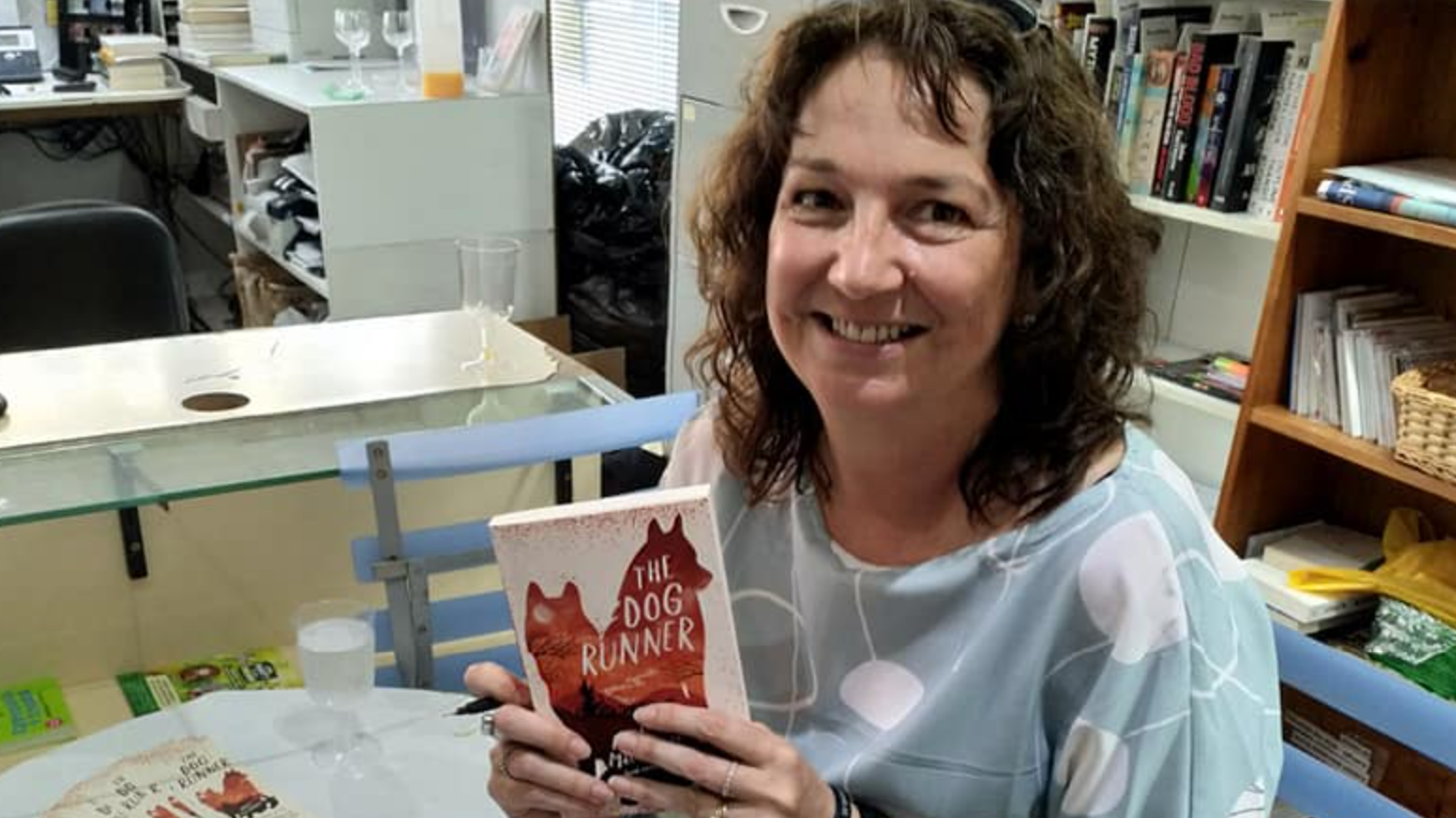
Gerri: Firstly Bren, congratulations on the success of In the Dark Spaces and How to Bee last year. Have you done a lot of speaking and school visits in the interim and do you enjoy these opportunities to engage with your readers?
Bren: Thank you, Gerri. So great to chat with you again. I have done a few big festivals but not very many school visits due to moving around constantly, but I love catching up with young readers and chatting to them. I usually do the schools programs at festivals so there’s an opportunity to speak to lots of kids then. It’s always fun.
G: How to Bee highlighted the importance of, and our dependence on bees for pollination. In The Dog Runner, in another dystopian world, readers of all ages are focused on what would happen if the grass and grains died and people were starving. Has travelling around Australia in recent years made you even more aware of environmental issues and influenced your decision to write this wonderful new novel?
B: I was actually given a grant (the Neilma Sidney Travel Grant) to travel around and research The Dog Runner as I was writing it. I thought I knew about land and grass but honestly, like any topic, you have no clue what you don’t know. Scratch the surface of any complex topic like environmental issues and suddenly a whole world of information opens up, and you wonder how you thought you ever knew anything before! I met so many passionate people and sometimes the simplest information can change how you think about something.
For instance, did you know that grass wants to be grazed? When it gets long enough to be eaten, it becomes sweeter.
For instance, did you know that grass wants to be grazed? When it gets long enough to be eaten, it becomes sweeter. So all those animals grazing grass down to the ground are eating sour grass, poor things! When the grass is grazed, the roots can cut back and slough off unnecessary bits which then breakdown under the soil, and add carbon back to the soil to feed the grass. This process is inhibited by fertiliser which may feed the grass in the short term, but ultimately damages the soil in the long term! And fertilisers so expensive that farmers are often caught in a trap of demanding higher yields to feed more stock to pay for more fertiliser… all the while damaging the soil.
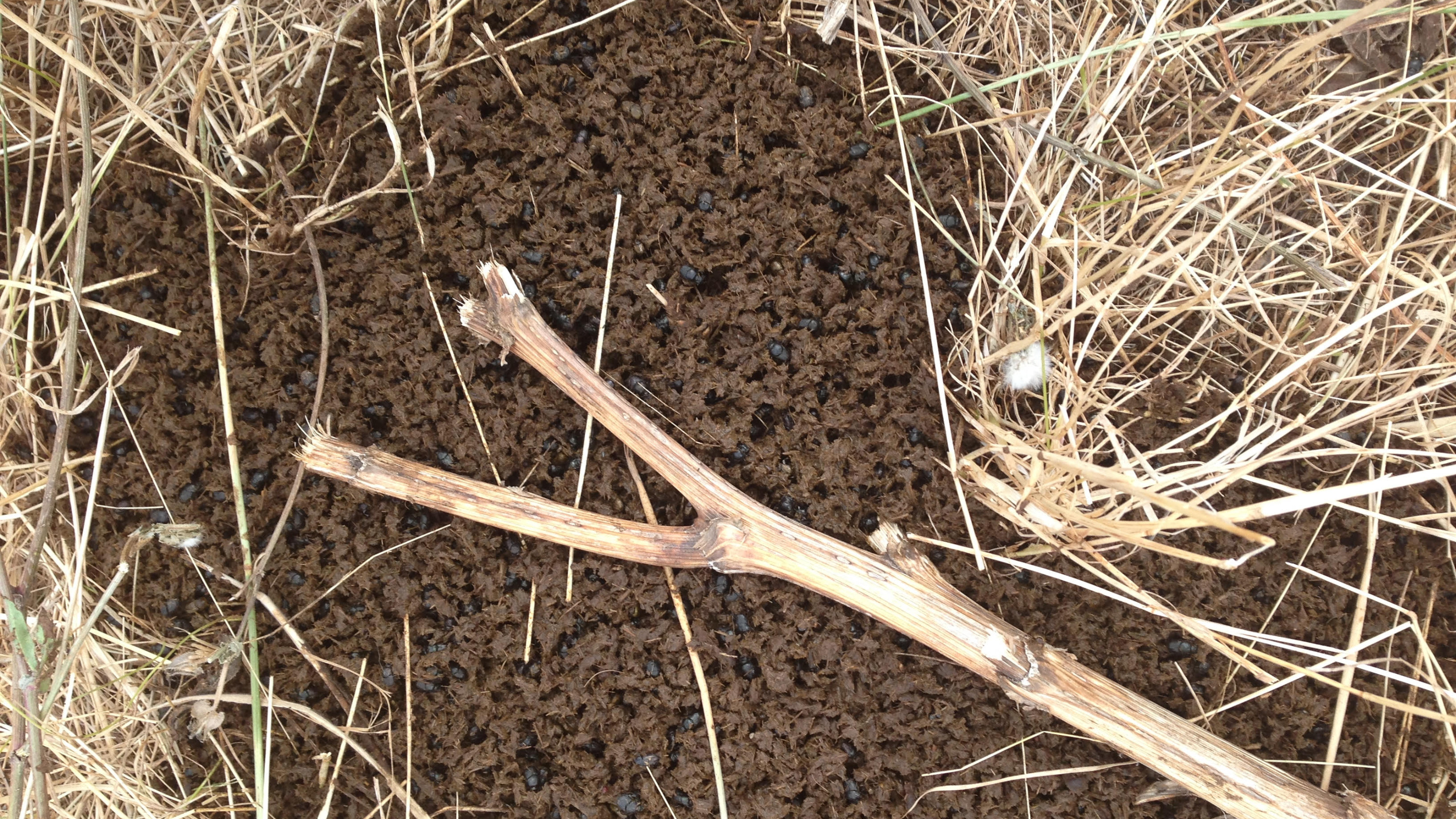
G: I also found this to be a Mad Max-like survival story, a journey to safety, made possible by the team of malamutes and huskies pulling the children’s cart. How did you find out about Dry Running, which was, I read, the working title for the book? When and why did the title change?
B: I saw people harnessing their huskies and other large dogs to scooters and bicycles online and it struck me as amazing fun and so good for dogs who love to get out and run with their people.
It started overseas as a way to keep snow sled dogs exercised in summer. I didn’t realise it was operating as a sport in Australia until I started researching it and then I actually went to a forest and saw the Sled Dog Racing Queensland Club dogs having a fun training run. Dry Running is the name given to the sport, also Dry Mushing, Dry Land Sledding, Bikejoring, Canicross.
Dry Running therefore had a double meaning as the name of the sport and the fact the kids were running through the dry landscape. It changed last minute, and I think The Dog Runner is a more personal title describing Ella’s role in the story, and is easier for people to associate with the book.
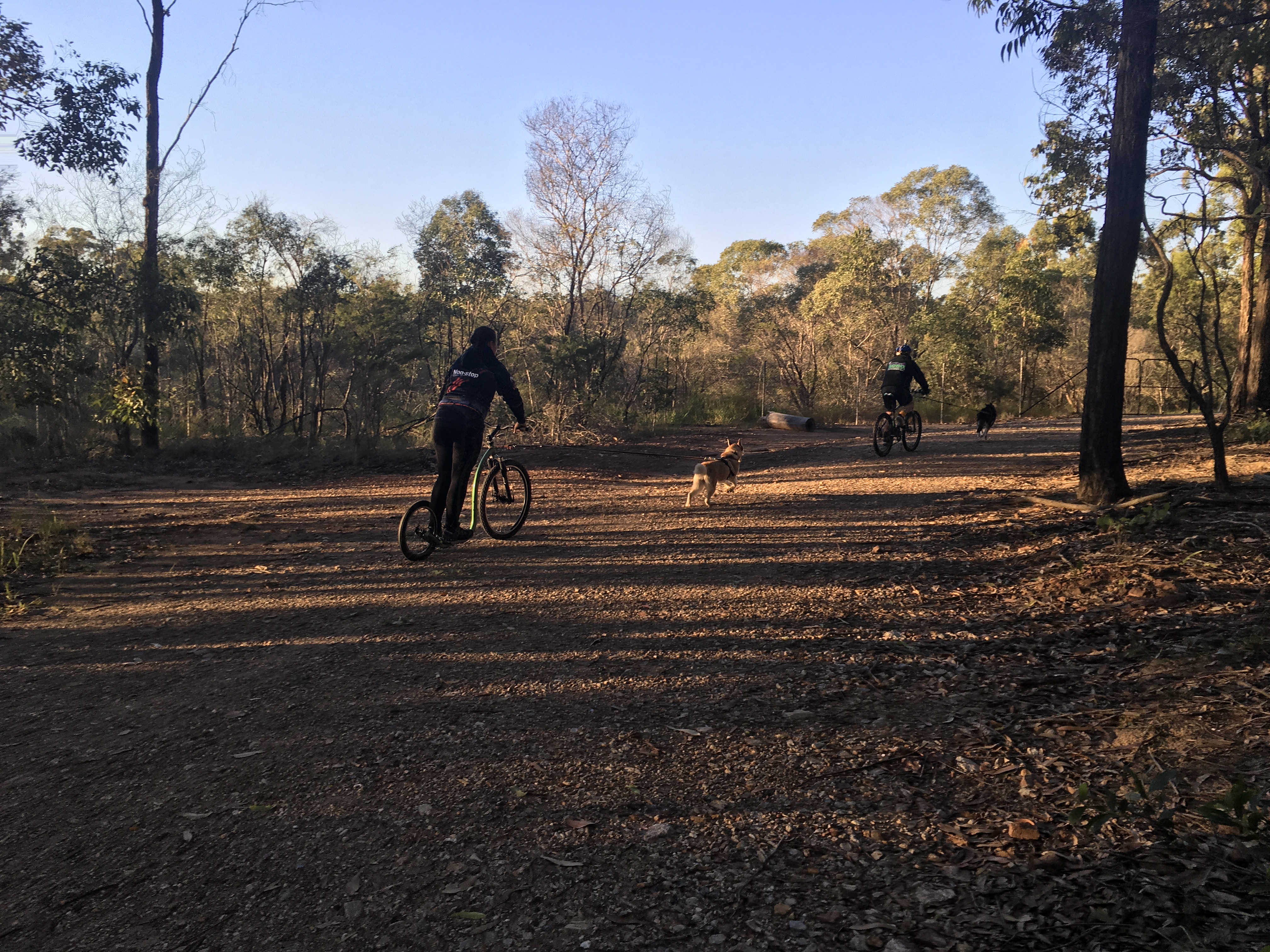
G: Where did your research for the elements in the story take you?
B: I need to thank The Myer Foundation and Writers Vic for giving me the grant and forcing me to get off my butt and away from computer-based research and actually physically go out and experience things that are in this book.
I went to Mittagong and walked the long ex-train tunnel there stacked with thousands of racks of Asian woodland mushrooms of all shapes and colours, such an ethereal experience, and so relevent to the good and bad fungi themes of my book. I walked a railway trail through bushland out of Bendigo with my dog on a day that was 35C… hotter than a sled dog could have coped.
I went to Mittagong and walked the long ex-train tunnel there stacked with thousands of racks of Asian woodland mushrooms of all shapes and colours, such an ethereal experience…
I went up to Ouyen in the Mallee and drove the landscapes Ella and Emery would travel. It only got hotter and we thought we’d call in at Lake Tyrrell for a swim. Lake Tyrrell turned out to be a wide expanse of salt! It was 42C and windy, and so beautiful I just had to run out there and explore it anyway. The dog stepped out onto the salt, took a dozen steps and turned and ran back to the bus, where he hid out with the husband in the air-conditioning while I explored alone. He’s no Maroochy! There is something amazing about being in expanses like that alone, and the light reflecting up off the white salt was so brilliant, so alien.
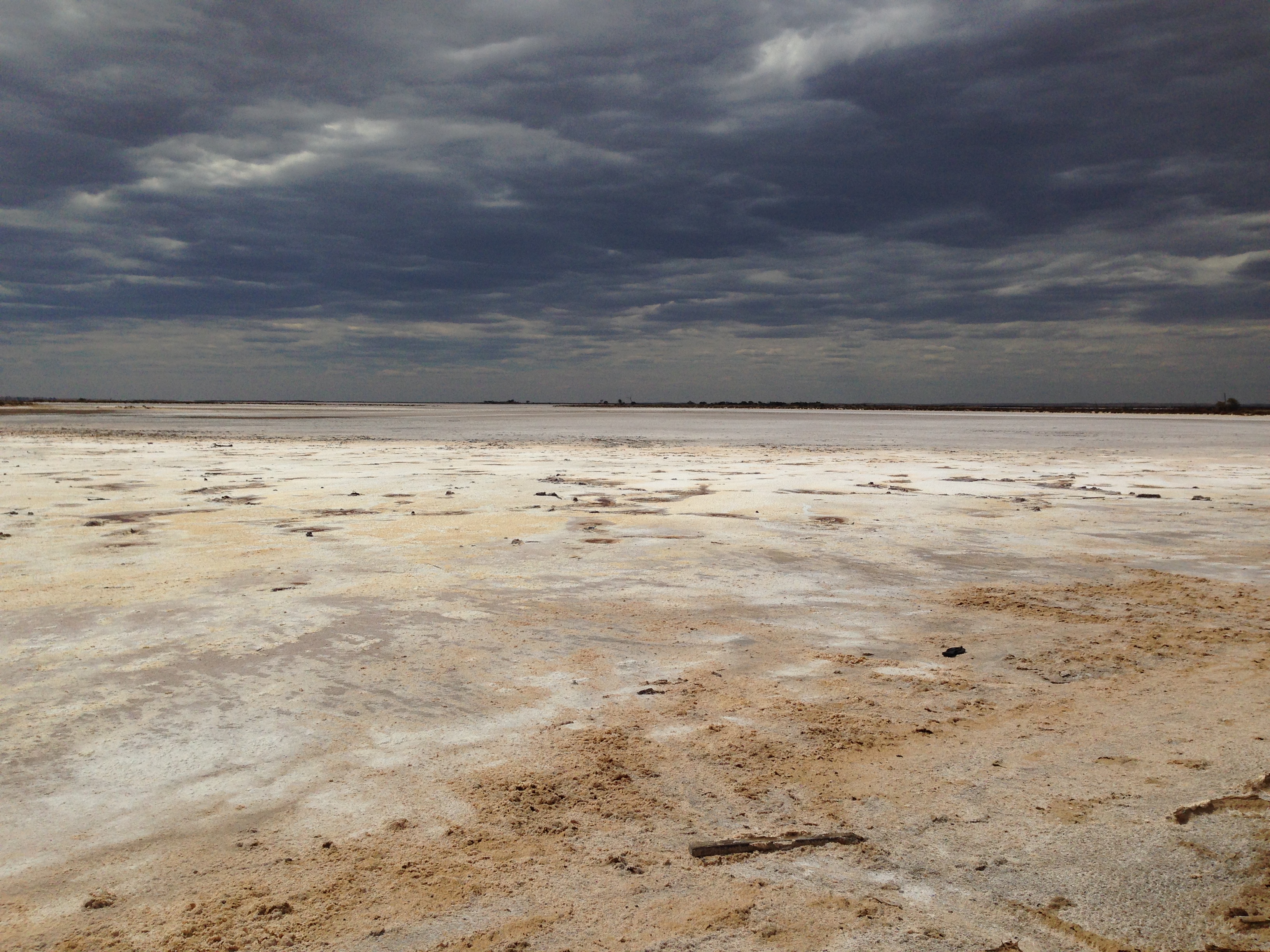
I also managed to get down to the Wimmera to visit with the head of Stipa who works in grassland regeneration. Honestly, the Mallee and the Wimmera are amazing dryland grasslands. You think of grasslands and you think of Mongolia or America’s prairies or Africa’s savannas but add the Mallee and the Wimmera to your list. The concepts of regenerating grassland naturally, allowing native and introduced species to coexist, and understanding soil health were so practical.
I learned so much just by going to places and talking to people, and putting myself into the landscapes. I hope readers feel that reflected in the book when they read it.
I learned so much just by going to places and talking to people, and putting myself into the landscapes. I hope readers feel that reflected in the book when they read it.
G: Which were the regions Emery and Ella travelled, or would you rather readers imagined this for themselves?
B: In my head they left Melbourne and travelled northwest. Victoria used to have a massive country rail network and loads of lines are unused and falling into disrepair, with only the really huge towns having rail connections now, and smaller towns bussing to those towns. The unused railway lines are often ripped up, and turned into cycling and walking trails. I presume this happens more in the near future, with electric vehicles, self-driving, and car-sharing.
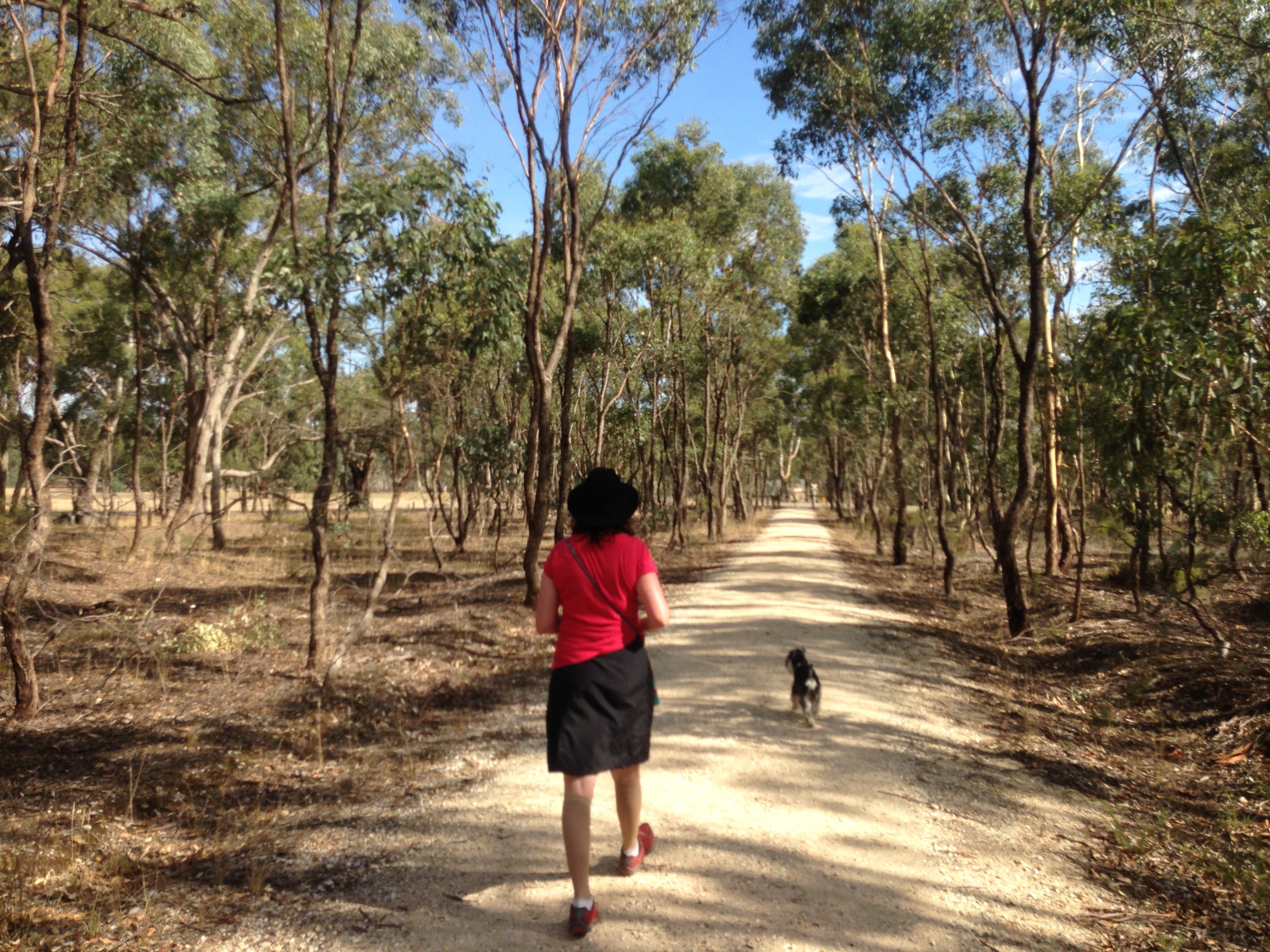
Ella and Emery use some of these trails to head north out of Melbourne and then duck between Daylesford and Bendigo and head out to a farm near one of those small towns south of Sea Lake. I know the area fairly well, but I didn’t name towns as it is all foreign landscapes to Ella.
G: How did being on the move yourself affect your writing?
B: Being on the move is a little confusing in terms of scheduling writing time, but very useful for carefully observing people, landscapes, plants, seasons, native creatures and the weather.
G: The natures and personal stories of Ella and Emery’s extended family are revealed enticingly slowly. Did the characters come to you fully formed, or did they reveal themselves to you as you wrote?
B: I write to understand the characters and they grow the more I write. I wanted to reflect a modern family and I didn’t want them to be completely white or ignore amalgamated families. So I set out to mix it up a bit. Emery’s Aboriginal People’s heritage was needed because I couldn’t tell a story about grass in Australia and ignore the many thousands of years this land was farmed and grasses domesticated and harvested by Aboriginal Peoples. I wanted to use the knowledge of his grandfather to make sure it was understood that farming did not start here in 1788.
I wanted to reflect a modern family and I didn’t want them to be completely white or ignore amalgamated families. So I set out to mix it up a bit.
The Afghan side was because Afghan people opened up the outback and were some of the earliest people to come from overseas to Australia. The histories of Afghan, Pakistani and Chinese people in Australia are fascinating, and their bones lie in some of the earliest workers graves alongside British, Irish and Aboriginal Peoples’ in the cities around this country. Australia is multicultural and that should be reflected in my characters.
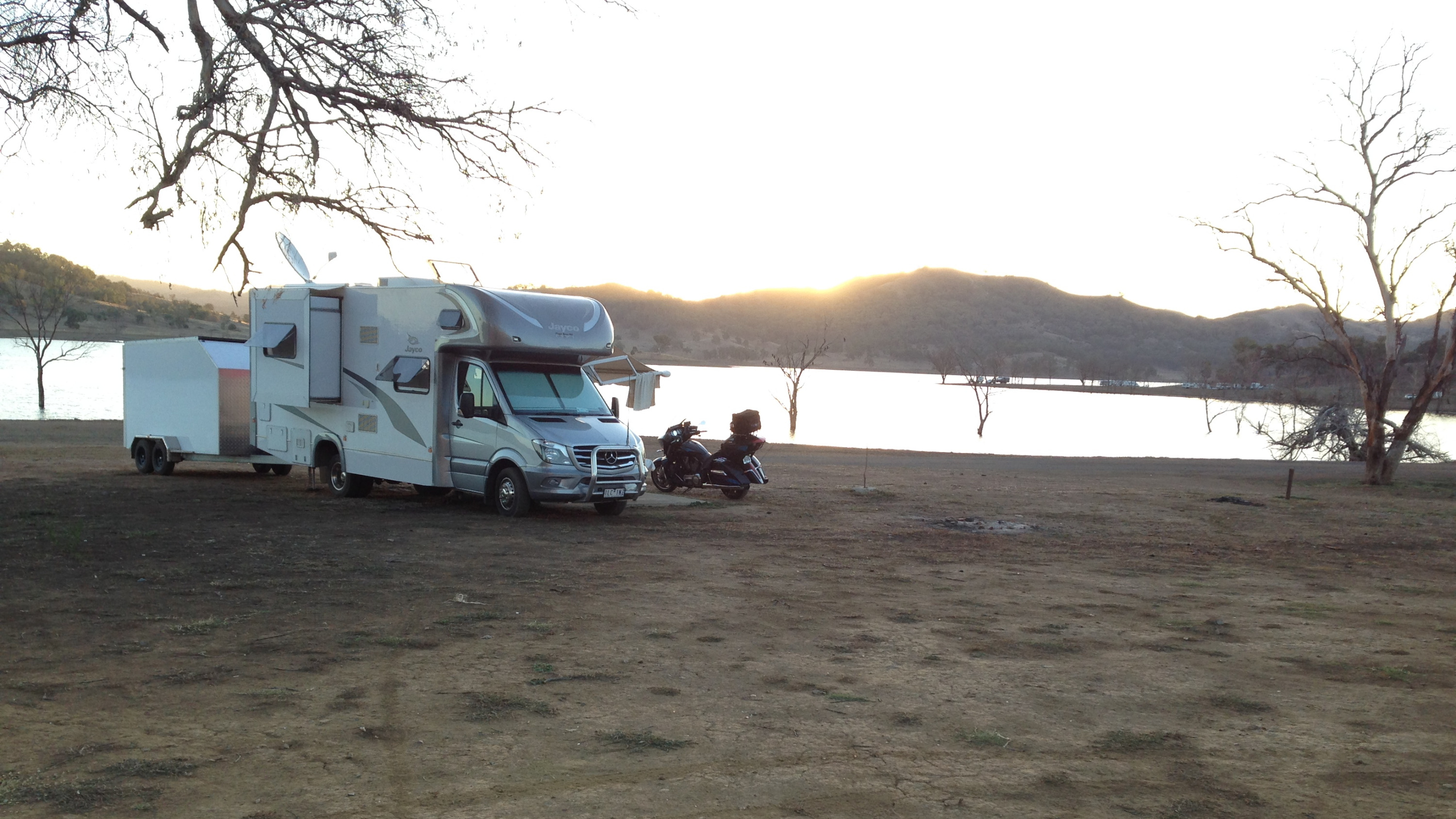
G: The chapter names are so apt, almost poetic, capturing the essence or the action within those pages. At what stage of the writing process did you choose these?
B: Thank you! I tend to write scene by scene and each scene becomes a chapter. The titles are words that usually appear later in the chapter. This is also really good for organising chapters and prompting my memory about what happens in those chapters.
G: I am eager to read more of your work so, what is the next adventure?
B: People seem to expect another enviromental food theme from me so I’m wondering if I can venture into food terrorism or if that is a step too scary. I’m thinking of setting it in a future city where the rich live like kings and there are a lot of homeless orphans.
I love the suggestions of young readers and some want a story from Applejoy or Honey set in the How to Bee world but I’ll need a new grand adventure for that, so I’m thinking hard.
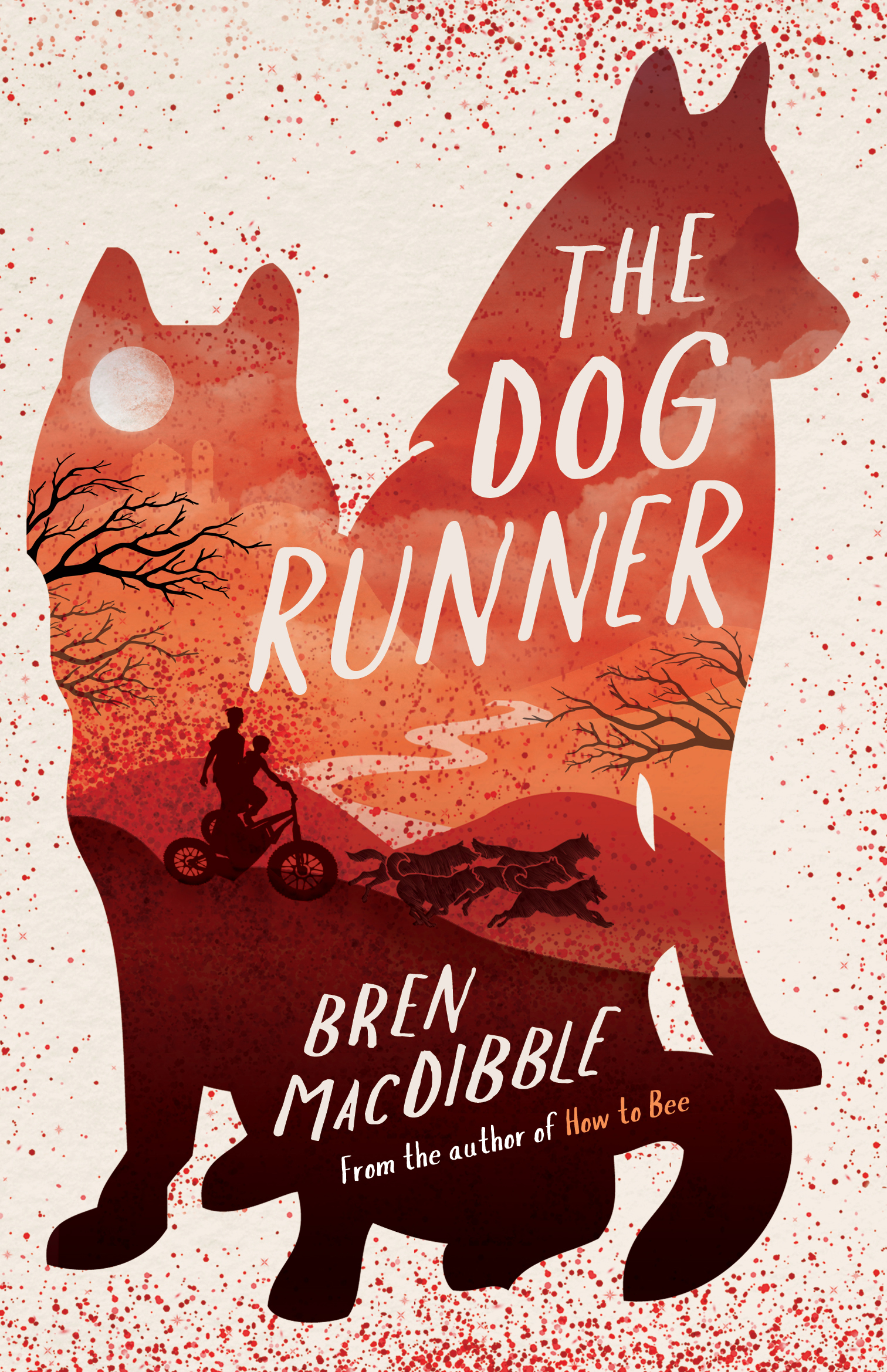
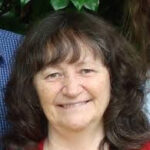
Gerri Judkins
Gerri is a retired School Librarian and President of The Waikato Children’s Literature Association. She won the Storylines Betty Gilderdale award for services to children's literature in 2016; and this year was named a life member of Storylines.



